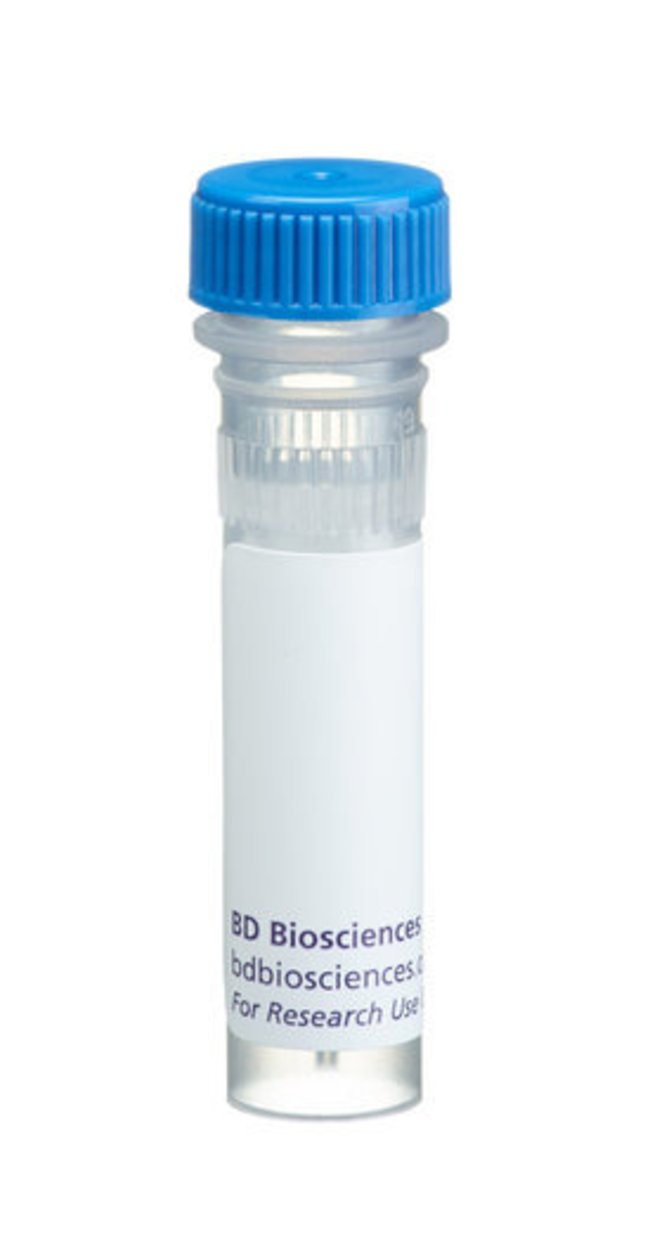Caspase-9 Mouse anti-Human, Unlabeled, Clone: 2-22, BD, Mouse Monoclonal Antibody, Each

Details:
The caspase family of cysteine proteases plays a key role in apoptosis and inflammation. Caspases are synthesized as inactive proenzymes containing three domains, that are processed into large and small subunits that associate to form the active enzyme. Processing can occur in apoptotic cells by either transactivation, self-proteolysis or cleavage by another protease. While caspases share a common structure, there are some differences, such as the preferred substrate specificity. These sequence differences in specificity, as well as the size of the NH2 -terminal prodomain, can be used to catagorize the caspases into functional groups including apoptotic initiators (long prodomains), apoptotic executioners (short prodomains), and cytokine processors. Caspase-9 is a member of the apoptotic initiator group of caspases which include caspases-2, -8, and -10. Activation of caspase-9 occurs in the presence of cytochrome c, following an interaction between caspase-9 and APAF-1. Activation may also be triggered directly by the cytotoxic T-cell protease, granzyme B. Active caspase-9 cleaves and thus activates caspase-3, and is also a relevant target of active caspase-3. Caspase-9 can also cleave the nuclear protein PARP. Northern blot analysis suggests that high expression of caspase-9 is found in the heart, testis, and ovary. The antibody recognizes the 47kDa proform and 37kDa cleaved form of human caspase-9. The N-terminal fragment (amino acids 1-134) of human caspase-9 was used as an immunogen.Host Species: MouseClone: 2-22Isotype: IgG1 κSpecies Reactivity: HumanImmunogen: Human caspase-9 N-terminal fragment aa 1-134Western Blotting
Additional Information
| SKU | 10133255 |
|---|---|
| UOM | Each |
| UNSPSC | 12352203 |
| Manufacturer Part Number | 551246 |
